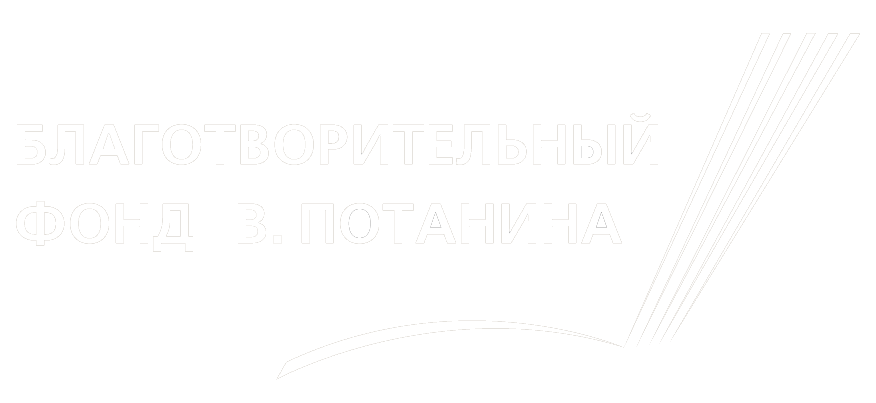On January 1, 1972 the Ust-Borovskoy salt factory was closed.
Practically complete preservation of a unique monument of industrial architecture, reflecting a variety of centuries-long experience of salt production led to the creation of the museum.
In April 1972 at the initiative of scientists, experts, regional historians and museum workers, the decision on creation of the operating museum complex “Salts of Russia” was made. The main argument for the creation of the museum was the fact that the Ust-Borovskoy salt factory was the only sample of Russian salt-works of the 19th century, which kept a set of components of the development of salt production of the previous centuries.
Necessary documents had been prepared by 1975, a number of details of the production equipment was lost during that time, as well as there was a destruction of chimneys, a part of coverings and other wooden designs. Brines continued to be used for the technical purposes.
Emergency reinforcement and repair works were developed in the museum since 1975. Then the constructions of the chain of salt production process (a salt lifting tower, saltery, a barn and a salt chest) were transported in the architectural and ethnographic open-air museum in Khokhlovka on the bank of the Kama Reservoir near Perm.
In different years, various institutions occupied the building of the factory’s office: in the 1950s – head office of the factory, then a kindergarten and some organizations were located there. Since 1972, when the factory was closed, the kindergarten and “Marina” had been placed here.
On October 9, 1986 the All-Union conference “Salt and Development of the Region” took place and the Salt Museum was officially open as a branch of the Solikamsk Museum of Regional Ethnography. Evald Gubertovich Vezner was appointed as its director. Under his leadership, the museum gained its current appearance, basic buildings were repaired and restored, a lot of attention was paid to the restoration of a former image of the factory’s office.
At first temporary, later constant expositions told inhabitants and town visitors about the history and geography of salt production over centuries and about the use of salt. A lot of information was devoted to salt production in Prikamye and, of course, to the Ust-Borovskoy salt factory, – to its owners, intellectuals, workers of the enterprise, the life from the 19th to the beginning of the 20th centuries.
In 2001 the operating model of salt-works was constructed in the territory of the factory. Everyone could not only see how salt was turned out from a brine, but also take part in this process, having become a salt worker for a short time.
Fires greatly changed the image of the museum. In the winter of 1996 a fire severely damaged three rooms on the second floor of the office. In 2003, a fire destroyed 3 barns, in 2005 – a mezzanine and practically all the second floor of the office. The unique samples of carving, richly decorated the wooden floor of the building, and museum exhibits were partially lost.
In 2008, a large part of one of the barns was restored.
Repair and restoration works in the office continued for several years, and in 2014, thanks to sponsorship of PJSC “Uralkali” the first floor of the office of Ust-Borovskoy salt factory was reopened.
The second floor of the building hasn’t been renovated yet.
In 2015 restoration works at the Alexander salt lifting tower began.

 The site was developed by the charity program "Museum Guide"
The site was developed by the charity program "Museum Guide"